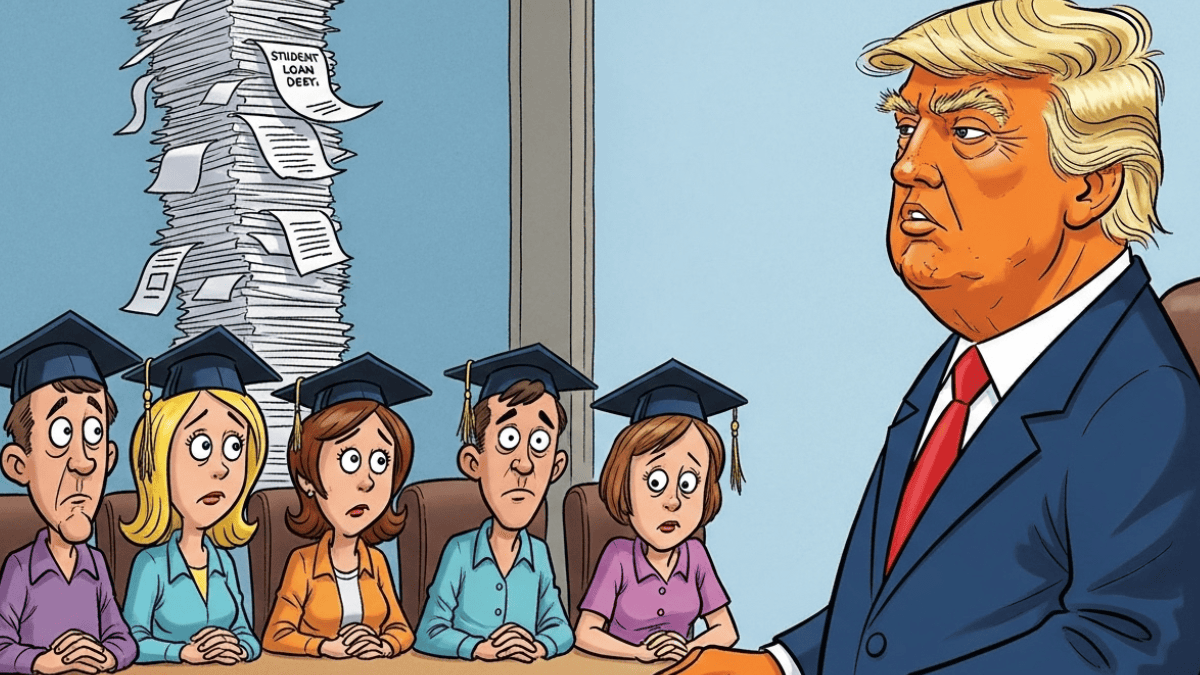The U.S. Department of Education Pauses Student Loan Forgiveness Under the IBR Plan
The U.S. Department of Education has quietly paused the processing of student loan forgiveness under the Income-Based Repayment (IBR) plan. This decision is not due to any court orders, unlike other repayment plans such as SAVE, PAYE, and ICR. The IBR plan, created by Congress, explicitly authorizes forgiveness after 20 or 25 years of payments. No court has mandated the Department to halt forgiveness under IBR, making this pause particularly noteworthy.
The official reason given by the Department is the need for system updates. These updates aim to accurately count months unaffected by a judicial mandate directed at the SAVE plan. Some elements of SAVE regulations indirectly impact other plans, including IBR, in how deferment and forbearance periods are counted for forgiveness. This explanation, however, has not quelled the skepticism surrounding the pause.
Borrowers and Former Officials Express Doubts
Borrowers and former officials have expressed doubts about the official reason. Some borrowers who reached the forgiveness threshold did not receive it, corroborating suspicions. A former Federal Student Aid official suggested in a legal statement that the current administration might be violating the law by blocking IBR debt forgiveness, which has been paused since July 2024 despite legal obligations.
Criticism from Advocacy Groups
Legal advocacy groups have accused the administration of using recent court orders related to the SAVE plan to justify policy decisions that harm borrowers. Mike Pierce, Executive Director of the Student Borrower Protection Center, criticized Secretary McMahon for “drowning millions in unnecessary interest charges and blaming unrelated court cases for their own mismanagement.” Many question whether the “system updates” are genuine or if the administration is deliberately delaying forgiveness.
Wider Disruptions in the Student Loan System
The pause in IBR forgiveness occurs amid significant turmoil and confusion in the federal student loan repayment system. There is a massive backlog of over 1.5 million applications for income-driven repayment (IDR) plans and Public Service Loan Forgiveness (PSLF) buyback applications. Officials attribute this backlog to the SAVE court order, exacerbating the issue. Interest charges on loans covered by the SAVE plan suspension will resume in August, despite the forgiveness being blocked by a court order.
Impact on Other Forgiveness Programs
Forgiveness for Total and Permanent Disability (TPD) has also been delayed due to system issues. Court orders have blocked forgiveness under the SAVE, PAYE, and ICR plans. Additionally, new legislation known as the “Big, Beautiful Bill,” signed by President Trump, will eventually repeal the ICR, PAYE, and SAVE plans. A new plan, the Repayment Assistance Plan (RAP), will be introduced, offering forgiveness only after 30 years of payments, unlike the current 20 or 25 years under IBR.
Options for Borrowers
Borrowers who have reached the forgiveness threshold under IBR but cannot receive forgiveness due to the Department’s suspension have limited options. They can continue making payments, hoping for a refund for overpayments, or apply for administrative forbearance to suspend payments while waiting, although interest will continue to accrue during this period. The Department is advising nearly 7.7 million borrowers in the SAVE plan to consider transitioning to IBR, as it is a “legally compliant repayment plan” that allows progress toward congressionally authorized forgiveness programs.
Uncertainty and Anxiety for Borrowers
The uncertainty and anxiety are high for borrowers, who find themselves in limbo due to the mix of paused processing, legal hurdles, and policy transitions. The situation underscores the need for clear communication and resolution from the Department of Education to address the concerns and challenges faced by borrowers navigating the complex landscape of student loan forgiveness.







